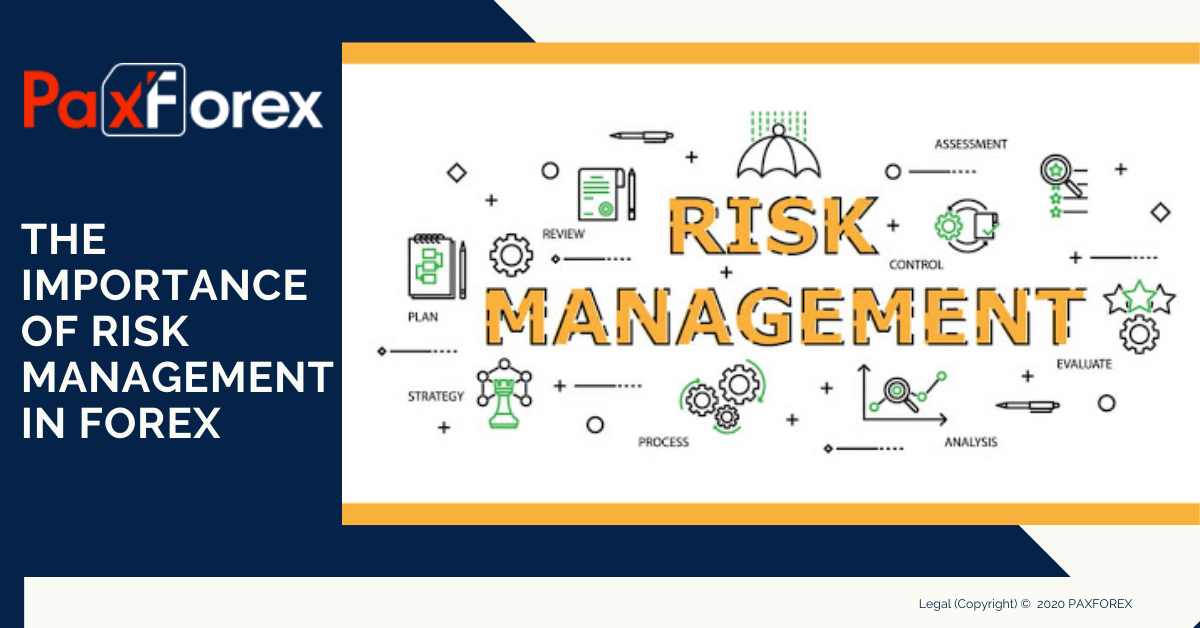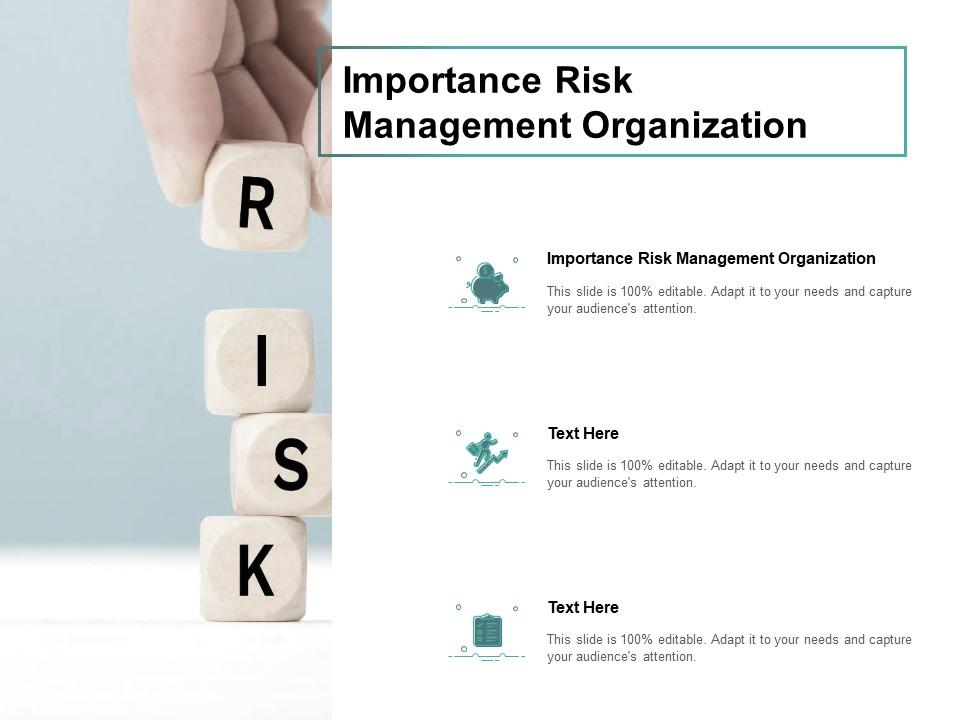Exploring the Relevance of Risk Management for Effective Decision-Making Methods
In the detailed world of service, Risk Management arises as an essential aspect in the decision-making process. The capacity to identify possible risks and possibilities, and strategize accordingly, can mean the difference in between success and failure.
Recognizing the Concept of Risk Management
Risk Management, an important part in decision-making, is frequently misunderstood or oversimplified. Risk Management includes disciplined and organized techniques, using information and insightful analyses. From economic uncertainties, legal responsibilities, calculated Management errors, to accidents and natural disasters, it attends to different risks - importance of risk management.
The Duty of Risk Management in Decision-Making Processes
In the realm of critical planning and business operations, Risk Management plays an indispensable duty in decision-making procedures. It helps in recognizing prospective risks and uncertainties that can influence the achievement of business purposes. By tracing these dangers, companies can develop strategies to alleviate their influence, making sure business continuity and security. Risk Management thus ends up being an essential tool in decision-making, assisting leaders to make enlightened choices based upon an extensive understanding of the threats included. It encourages a proactive technique, making it possible for companies to prepare and prepare for for possible future circumstances. This considerably decreases the likelihood of unfavorable repercussions, advertising a lot more efficient and effective decision-making techniques. Risk Management offers as an essential component in the decision-making processes of any kind of company.

How Risk Management Enhances Strategic Preparation
In the context of tactical planning, Risk Management plays a pivotal role. Initiating with the identification of potential risks, it further reaches the implementation of Risk reduction actions. The duty of Risk Management is dynamic yet not fixed, as it requires consistent surveillance and adjusting of approaches.
Determining Prospective Dangers

Executing Risk Mitigation
Having developed the significance of identifying potential threats, the following action is to check out Risk reduction. This process entails establishing and implementing techniques to take care of recognized threats successfully. It is a crucial aspect of calculated planning as it boosts decision-making by reducing prospective negative results. Risk mitigation approaches can vary from Risk evasion, Risk transfer, to take the chance of decrease. Each method ought to be tailored to the specific Risk, considering its possible impact and the organization's Risk resistance. Moreover, reliable Risk reduction requires a deep understanding of the Risk landscape and the prospective impact of each Risk. This understanding enables companies to focus on risks and allot sources properly, guaranteeing that one of the most substantial dangers are resolved first.
Tracking and Readjusting Methods
Though Risk mitigation is a vital step in critical planning, constant surveillance and article adjustment of these methods is equally important. It also gives an opportunity to examine the success of the Risk Management procedures, allowing modifications to be made where required, further improving critical planning. Tracking and readjusting Risk Management techniques is a critical part for improving an organization's strength and critical planning.
Instance Studies: Effective Risk Management and Decision-Making
In the globe of company and finance, effective Risk Management and decision-making commonly serve as the columns of prosperous ventures. These situations highlight the value of sharp Risk Management in decision-making procedures. These situations emphasize the essential role of Risk Management in tactical decision-making.
Devices and Strategies for Efficient Risk Management
Browsing the intricate labyrinth of Risk Management calls for the best set of devices and techniques. These tools, such as Risk signs up and heat maps, help in determining and examining possible risks. Strategies consist of both quantitative approaches, like level of sensitivity evaluation, and qualitative approaches, such as SWOT analysis. These help in focusing on dangers based on Source their potential influence and chance. Risk action techniques, a key part of Risk Management, entail approving, preventing, transferring, or mitigating risks. Surveillance and managing risks, with regular audits and testimonials, guarantee that the approaches stay reliable. With these tools and methods, decision-makers can browse the complex landscape of Risk Management, thereby promoting informed and effective decision-making.
Future Fads in Risk Management and Decision-Making Techniques
As we explore the large landscape of Risk Management, it comes to be obvious that the methods and tools used today will continue to evolve. Future trends point towards a raised dependence on technology, with artificial intelligence and equipment understanding playing substantial roles. These innovations will certainly enable companies to anticipate prospective risks with greater precision and make more enlightened choices. Additionally, there will certainly be a growing emphasis on durability, not just in taking care of dangers but additionally in recuperating from damaging circumstances. The concept of Risk culture, where every member of an organization is mindful and included in Risk Management, will obtain a lot more prominence. These patterns discover this declare an even more comprehensive and proactive strategy in the direction of Risk Management and decision-making.
Final thought

Risk Management thus comes to be an essential device in decision-making, assisting leaders to make informed choices based on a thorough understanding of the threats included. Risk reduction approaches can vary from Risk avoidance, Risk transfer, to risk decrease (importance of risk management). Effective Risk reduction requires a deep understanding of the Risk landscape and the prospective influence of each Risk. Risk action methods, an essential component of Risk Management, entail accepting, avoiding, moving, or mitigating risks. The concept of Risk culture, where every participant of an organization is mindful and included in Risk Management, will get much more prominence
Comments on “Unlocking the True Importance of Risk Management for Long-Term Growth”